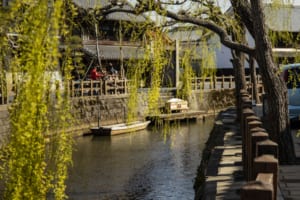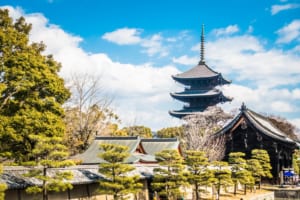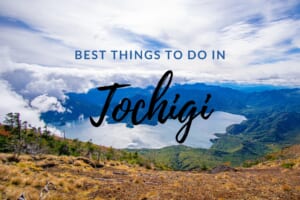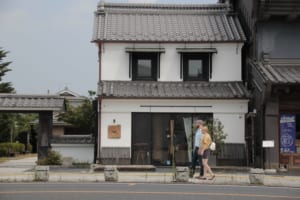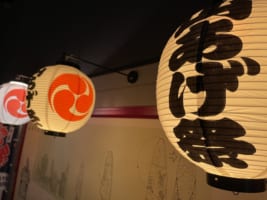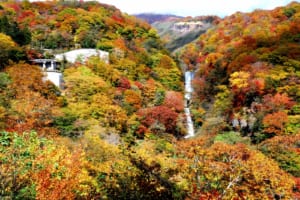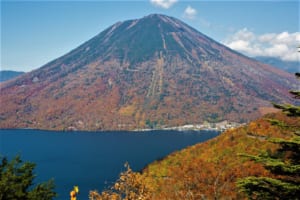Nikko National Park: Guide to Hiking, Heritage and Hot Springs
Guide to Nikko National Park

Imagine a place so sacred that the final resting spot of a deified Shogun is located in its woods. Nikko National Park, less than two hours from Tokyo, is a destination where Japan’s spiritual and historical past collides with its wild beauty. The park is famous for the lavish Nikko Toshogu Shrine, where Tokugawa Ieyasu, the founder of the Tokugawa shogunate, is enshrined.
But did you know that Nikko’s forests have been protected since the 17th century because of their religious importance? Beyond the shrines, Nikko’s vast landscapes include the stunning 97-meter Kegon Falls and the calm waters of Lake Chuzenji, formed by a volcanic eruption thousands of years ago. Visitors can trace the footsteps of samurai or trek up one of Japan’s famous mountains, discovering layers of history and nature along the way.
Nikko is one of the most popular destinations from Tokyo, keep reading so you can understand why!
See also: Nikko: Best Things to Do
What is Nikko National Park?
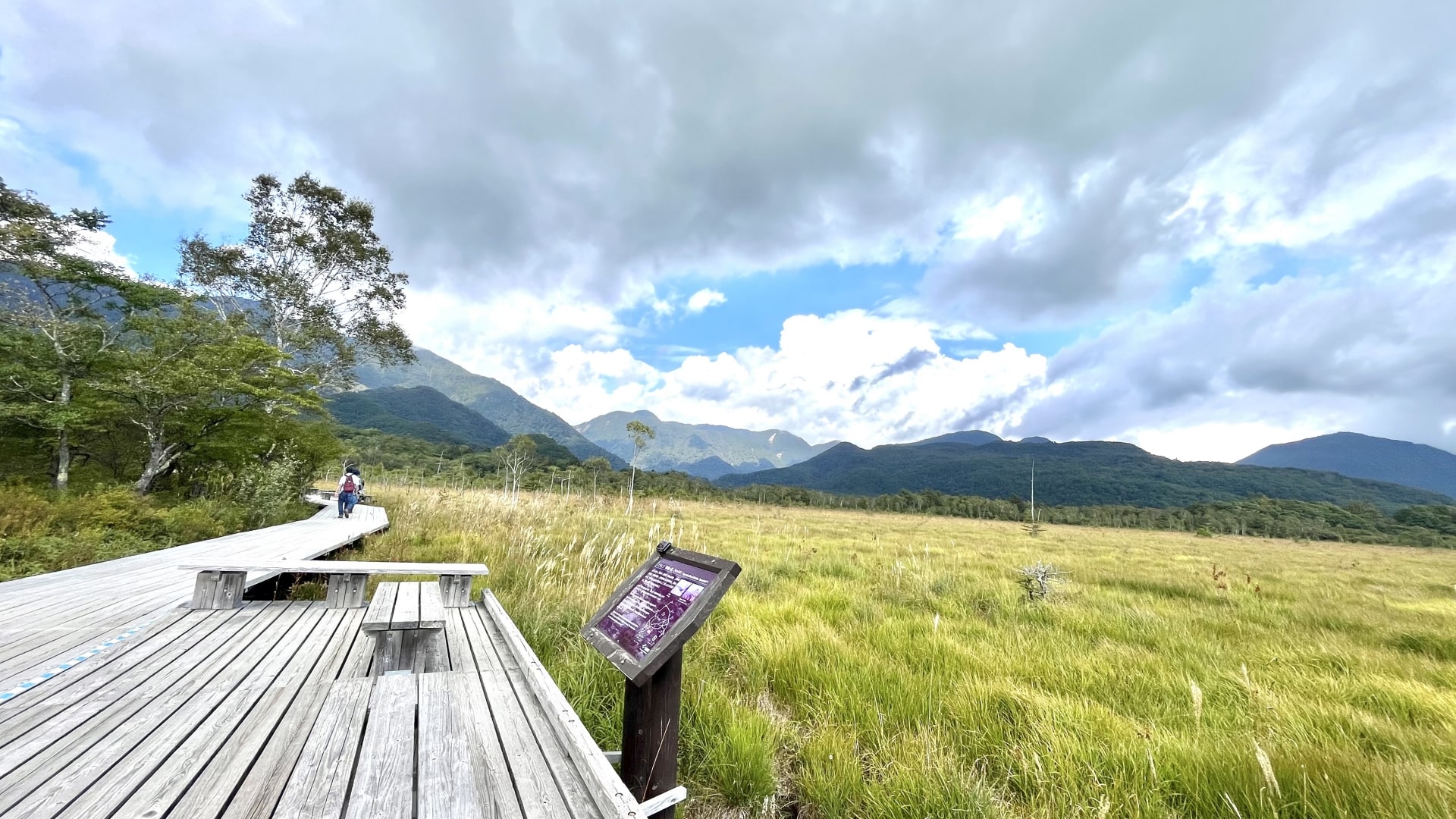 Nikko National Park (日光国立公園) is a sprawling national park established in 1934, covering over 1,149 square kilometers across Tochigi, Gunma, and Fukushima prefectures. Known for its unique combination of cultural landmarks and breathtaking natural scenery, it attracts millions of visitors annually. The park’s landscape is defined by mountains, lakes, waterfalls, marshlands, and hot springs, so it’s a prime destination for both nature enthusiasts and history lovers.
Nikko National Park (日光国立公園) is a sprawling national park established in 1934, covering over 1,149 square kilometers across Tochigi, Gunma, and Fukushima prefectures. Known for its unique combination of cultural landmarks and breathtaking natural scenery, it attracts millions of visitors annually. The park’s landscape is defined by mountains, lakes, waterfalls, marshlands, and hot springs, so it’s a prime destination for both nature enthusiasts and history lovers.
One of its key attractions is the UNESCO World Heritage Site, the Nikko Toshogu Shrine, built to honor Tokugawa Ieyasu, the first shogun of the Tokugawa shogunate. Alongside this, the park boasts famous natural wonders such as Lake Chuzenji, created by volcanic activity thousands of years ago, and Kegon Falls, which is one of Japan’s top three waterfalls. Visitors can also explore remote hot spring villages like Yumoto Onsen and wander through the sacred forests that have been preserved for centuries.
The park offers year-round activities, from hiking trails in the summer to snowshoeing in the winter, making it an ideal destination regardless of the season.
What to Do at Nikko National Park?
Nikko National Park offers a wide range of activities and attractions for visitors, from exploring its rich cultural heritage to enjoying its outdoor adventures. Here’s a detailed guide to what you can see and do:
Visit Nikko Toshogu Shrine
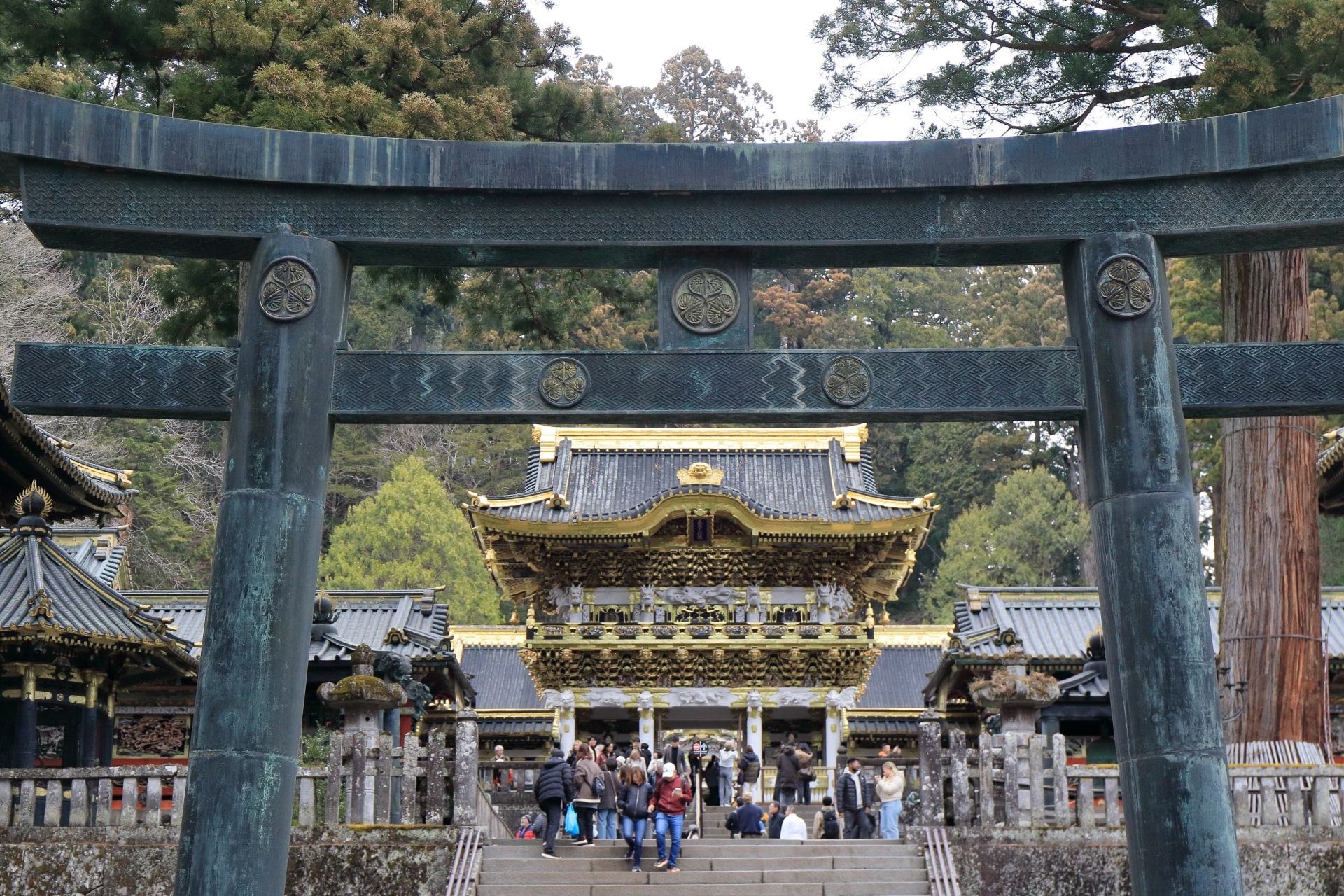 The Nikko Toshogu Shrine (日光東照宮) is one of the most renowned attractions in Japan and a UNESCO World Heritage Site. It was built in the early 17th century to enshrine Tokugawa Ieyasu, the first shogun of the Tokugawa Shogunate. The shrine is famous for its intricate carvings and gold-leaf details, most notably the famous “Three Wise Monkeys” carving that symbolizes the phrase “see no evil, hear no evil, speak no evil.” Visitors can also walk through the complex’s tranquil forest pathways, visiting other significant structures like Yomeimon Gate and the Ieyasu’s mausoleum.
The Nikko Toshogu Shrine (日光東照宮) is one of the most renowned attractions in Japan and a UNESCO World Heritage Site. It was built in the early 17th century to enshrine Tokugawa Ieyasu, the first shogun of the Tokugawa Shogunate. The shrine is famous for its intricate carvings and gold-leaf details, most notably the famous “Three Wise Monkeys” carving that symbolizes the phrase “see no evil, hear no evil, speak no evil.” Visitors can also walk through the complex’s tranquil forest pathways, visiting other significant structures like Yomeimon Gate and the Ieyasu’s mausoleum.
Hiking Trails in Okunikko
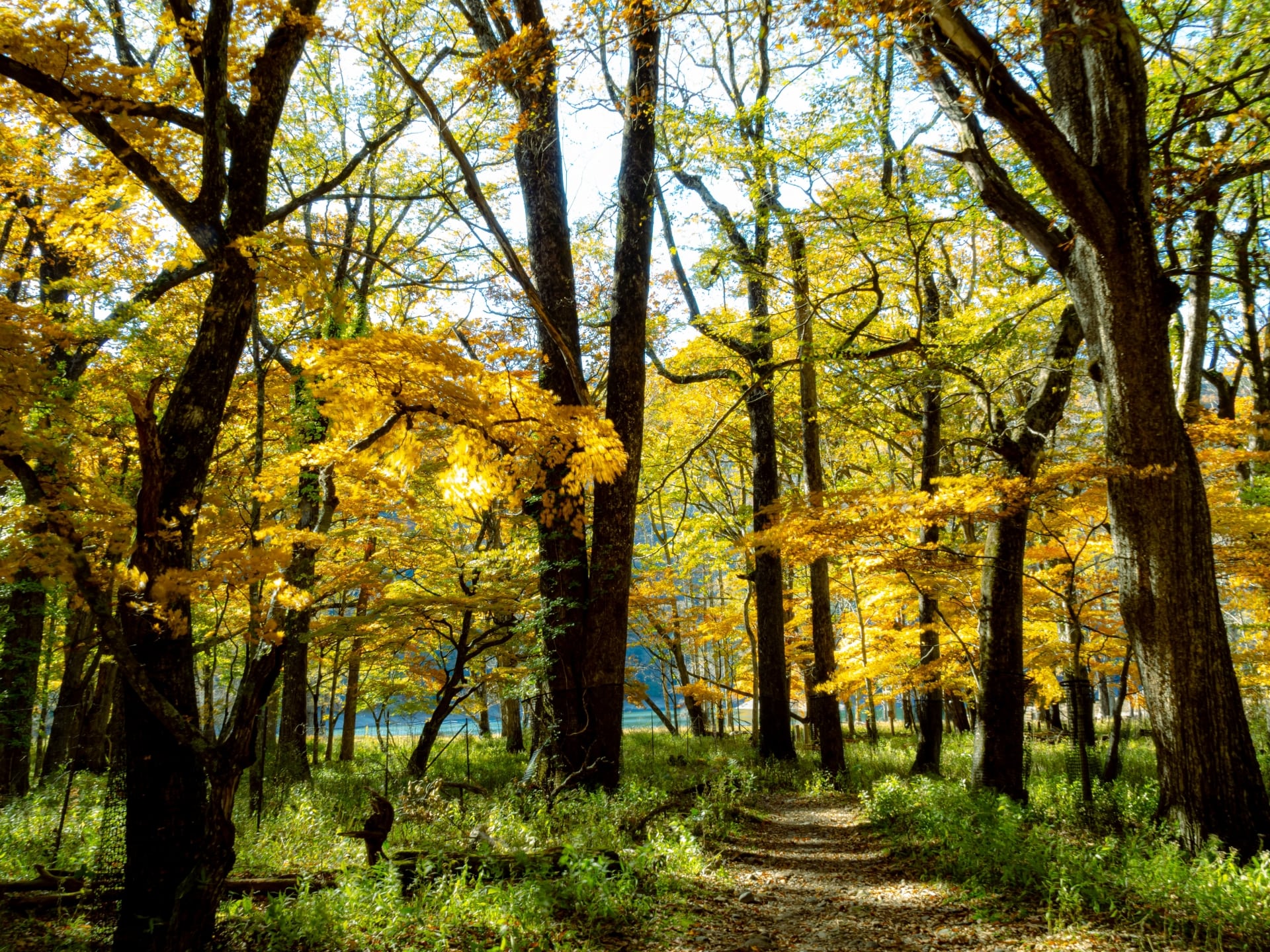 For nature lovers, the hiking opportunities in Okunikko (奥日光) are not to be missed. One of the most popular trails is through Senjogahara Marshland (戦場ヶ原), known for its beautiful flora and views of the surrounding mountains. The trail offers a relaxing yet scenic hike and is especially popular during autumn, when the area bursts into vibrant fall colors. More advanced hikers may want to consider the ascent up Mt. Nantai (男体山), one of Japan’s 100 famous mountains, which offers sweeping views over Lake Chuzenji.
For nature lovers, the hiking opportunities in Okunikko (奥日光) are not to be missed. One of the most popular trails is through Senjogahara Marshland (戦場ヶ原), known for its beautiful flora and views of the surrounding mountains. The trail offers a relaxing yet scenic hike and is especially popular during autumn, when the area bursts into vibrant fall colors. More advanced hikers may want to consider the ascent up Mt. Nantai (男体山), one of Japan’s 100 famous mountains, which offers sweeping views over Lake Chuzenji.
Explore Lake Chuzenji
 Lake Chuzenji (中禅寺湖), formed by a volcanic eruption thousands of years ago, is another must-visit. Here you can enjoy various activities, including boat tours that provide stunning views of the surrounding mountains, or simply relax by the water’s edge. The area is especially popular in the autumn when the surrounding forests turn into a vibrant sea of red and orange leaves. For those looking to dive deeper into the local history, a visit to Chuzenji Temple (中禅寺), located along the lake, offers a mix of scenic beauty and religious significance.
Lake Chuzenji (中禅寺湖), formed by a volcanic eruption thousands of years ago, is another must-visit. Here you can enjoy various activities, including boat tours that provide stunning views of the surrounding mountains, or simply relax by the water’s edge. The area is especially popular in the autumn when the surrounding forests turn into a vibrant sea of red and orange leaves. For those looking to dive deeper into the local history, a visit to Chuzenji Temple (中禅寺), located along the lake, offers a mix of scenic beauty and religious significance.
Marvel at Kegon Falls
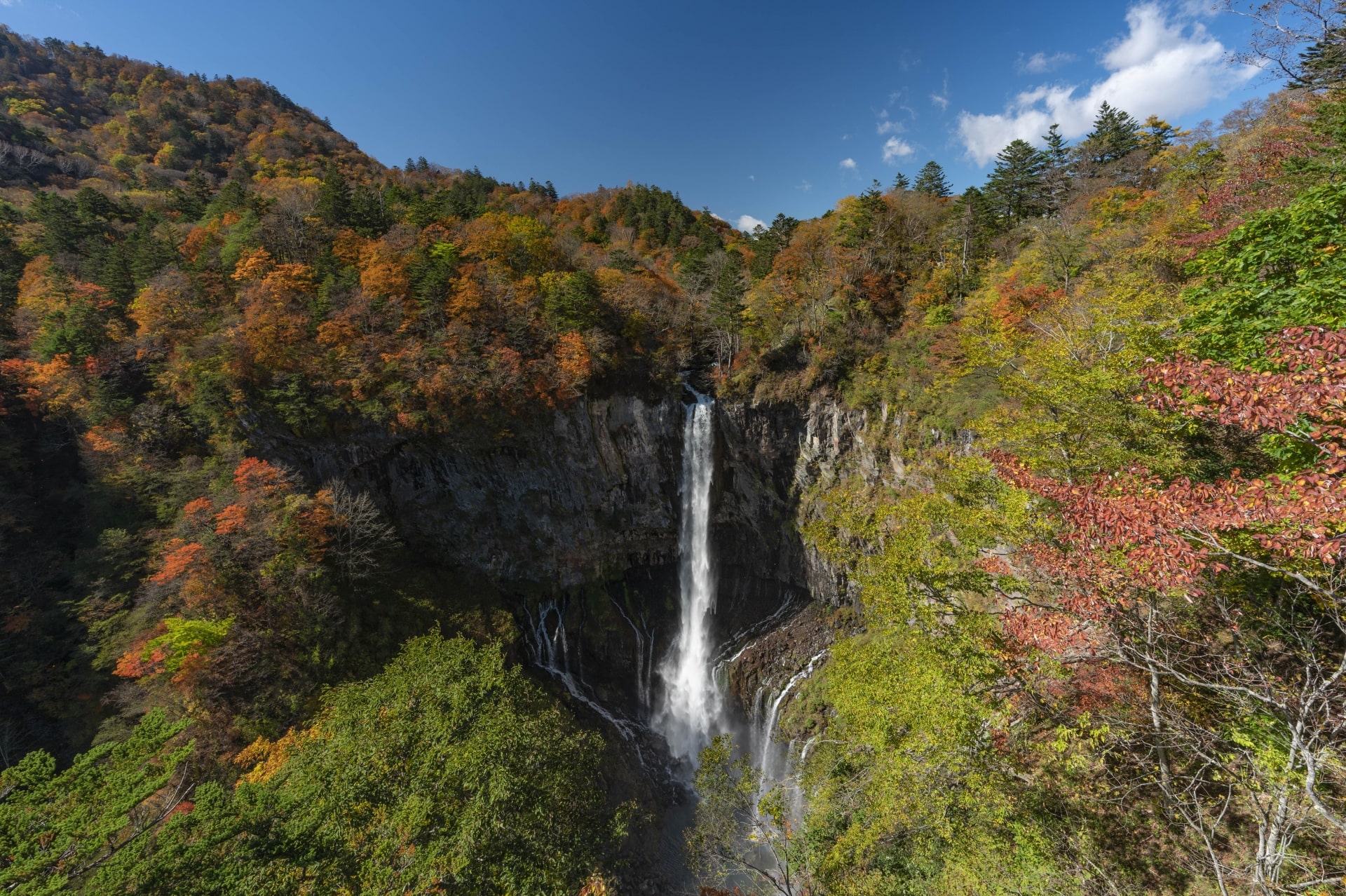 Arguably one of the most spectacular waterfalls in Japan, Kegon Falls (華厳滝) is a 97-meter drop from Lake Chuzenji and is considered one of Japan’s top three waterfalls. Visitors can take an elevator to the base of the falls for an up-close view or admire it from the observation decks above. In winter, the falls often freeze, creating an extraordinary scene of frozen beauty.
Arguably one of the most spectacular waterfalls in Japan, Kegon Falls (華厳滝) is a 97-meter drop from Lake Chuzenji and is considered one of Japan’s top three waterfalls. Visitors can take an elevator to the base of the falls for an up-close view or admire it from the observation decks above. In winter, the falls often freeze, creating an extraordinary scene of frozen beauty.
Yumoto Onsen
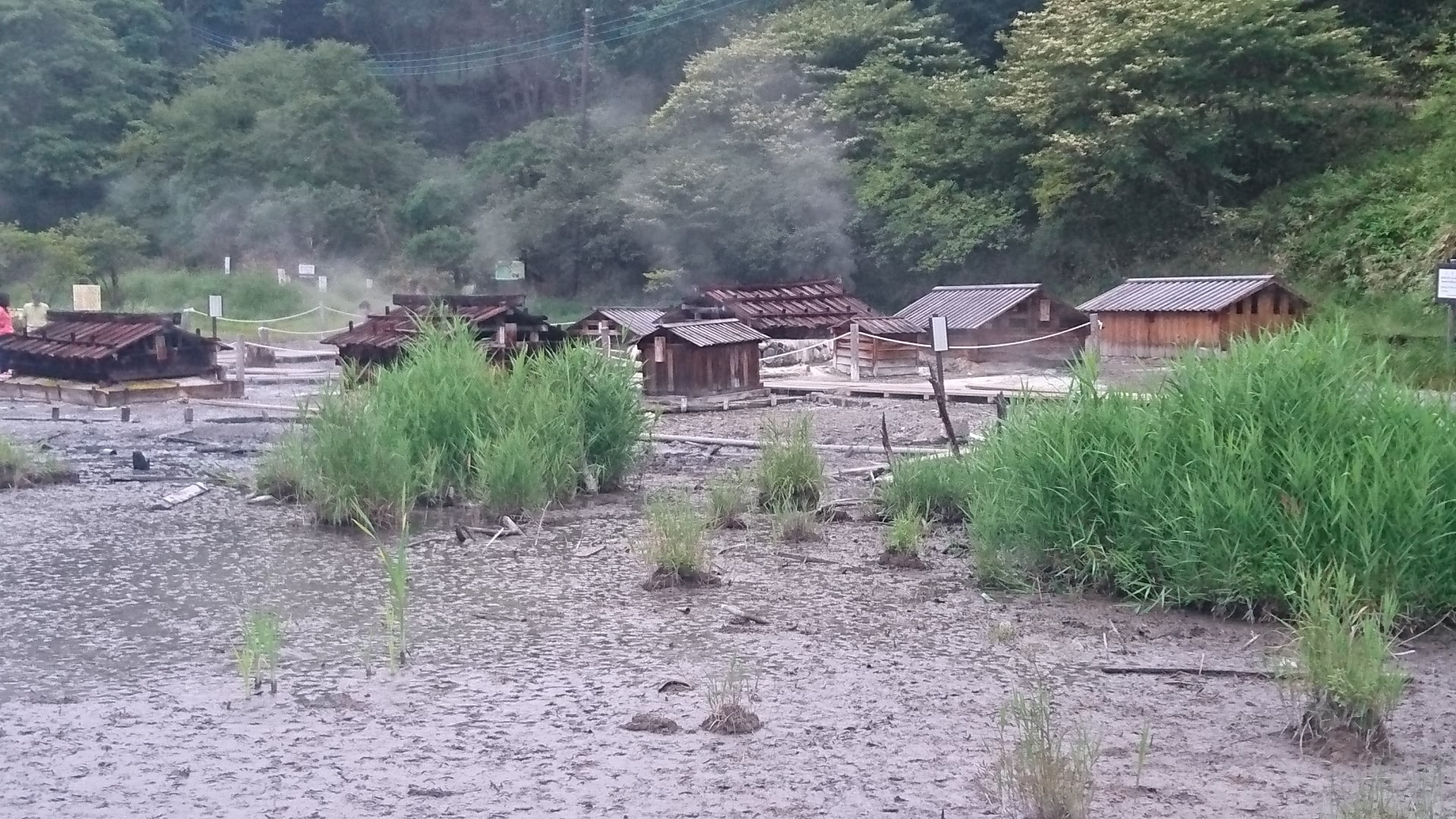 Located in the northern part of Nikko National Park, Yumoto Onsen (湯元温泉) is a historic hot spring village discovered by the monk Shodo Shonin over 1,200 years ago. Known for its high-quality sulfuric waters, Yumoto Onsen provides a relaxing retreat for those looking to unwind in traditional ryokan-style inns. The area is especially popular during the winter months when the landscape is blanketed in snow, and soaking in an open-air bath becomes an even more serene experience.
Located in the northern part of Nikko National Park, Yumoto Onsen (湯元温泉) is a historic hot spring village discovered by the monk Shodo Shonin over 1,200 years ago. Known for its high-quality sulfuric waters, Yumoto Onsen provides a relaxing retreat for those looking to unwind in traditional ryokan-style inns. The area is especially popular during the winter months when the landscape is blanketed in snow, and soaking in an open-air bath becomes an even more serene experience.
Nasu and Shiobara
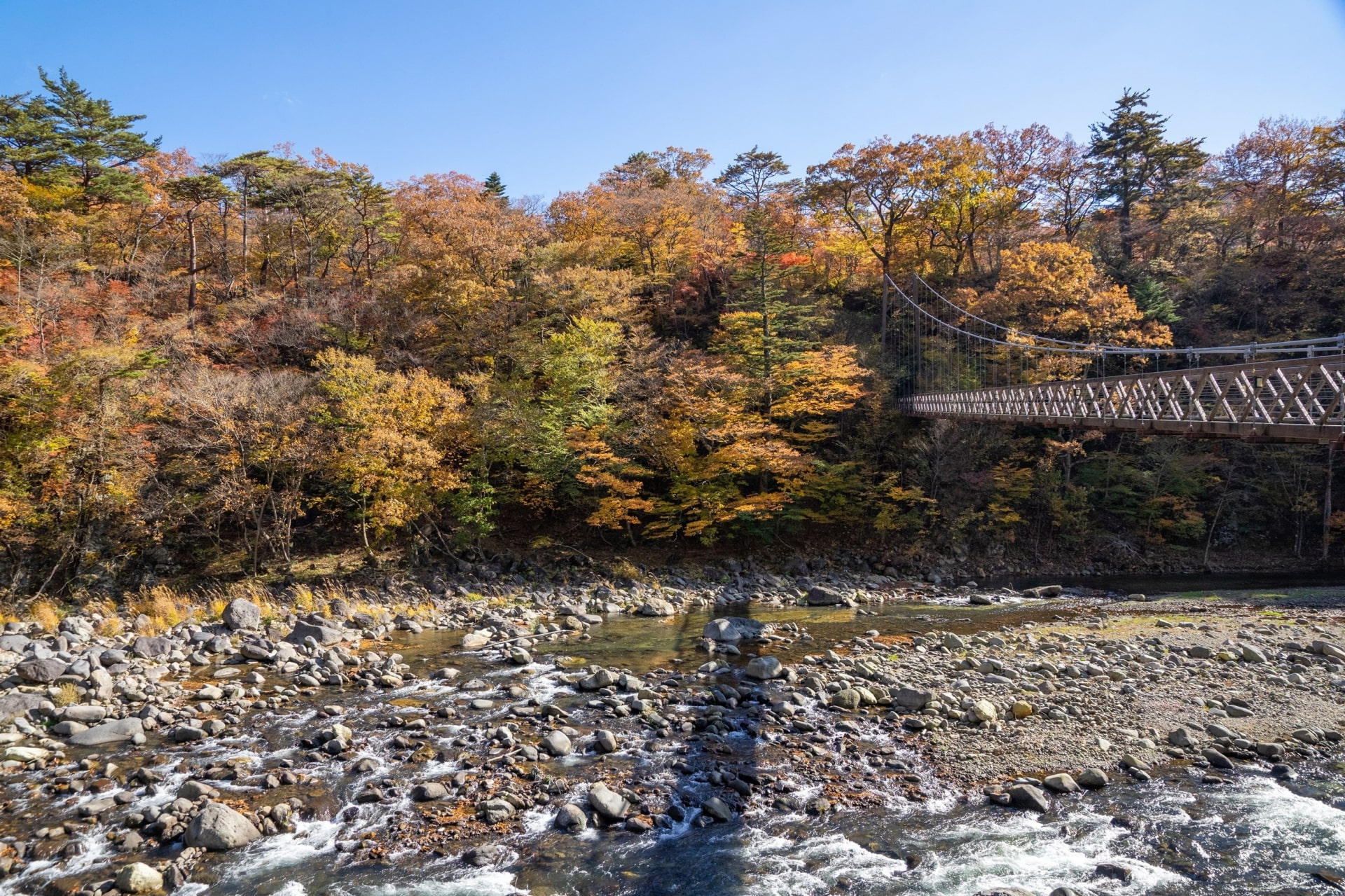 While technically on the outskirts of the national park, the Nasu and Shiobara (那須・塩原) areas offer even more opportunities for hot springs, hiking, and scenic beauty. The Nasu region is well known for its Nasu Heisei-no-Mori park, which features lush forests and walking trails that make it an ideal spot for outdoor exploration. Shiobara, on the other hand, offers a range of hot spring resorts nestled along the Hoki River, providing picturesque views.
While technically on the outskirts of the national park, the Nasu and Shiobara (那須・塩原) areas offer even more opportunities for hot springs, hiking, and scenic beauty. The Nasu region is well known for its Nasu Heisei-no-Mori park, which features lush forests and walking trails that make it an ideal spot for outdoor exploration. Shiobara, on the other hand, offers a range of hot spring resorts nestled along the Hoki River, providing picturesque views.
How to Get to Nikko National Park
The most convenient way to reach Nikko from Tokyo is by train. There are two main options:
- Tobu Railways: The Tobu Limited Express departs from Asakusa Station in Tokyo and arrives at Tobu-Nikko Station in approximately two hours. This is the most affordable and direct option, and Tobu also offers travel passes that include round-trip train tickets and unlimited bus rides within the Nikko area.
- Japan Rail (JR) Lines: For those holding a JR Rail Pass, you can take the JR Tohoku Shinkansen from Tokyo or Ueno to Utsunomiya Station (50 minutes), and then transfer to the JR Nikko Line, which takes around 45 minutes to reach JR Nikko Station.
More info: How to Get to Nikko from Tokyo
Information
Tourist Attractions Near Nikko National Park
In addition to the breathtaking sights and activities within Nikko National Park, the surrounding areas offer a variety of attractions that are worth exploring. From traditional hot spring resorts to immersive cultural experiences, these spots provide an excellent complement to your trip.
01. Kinugawa Onsen
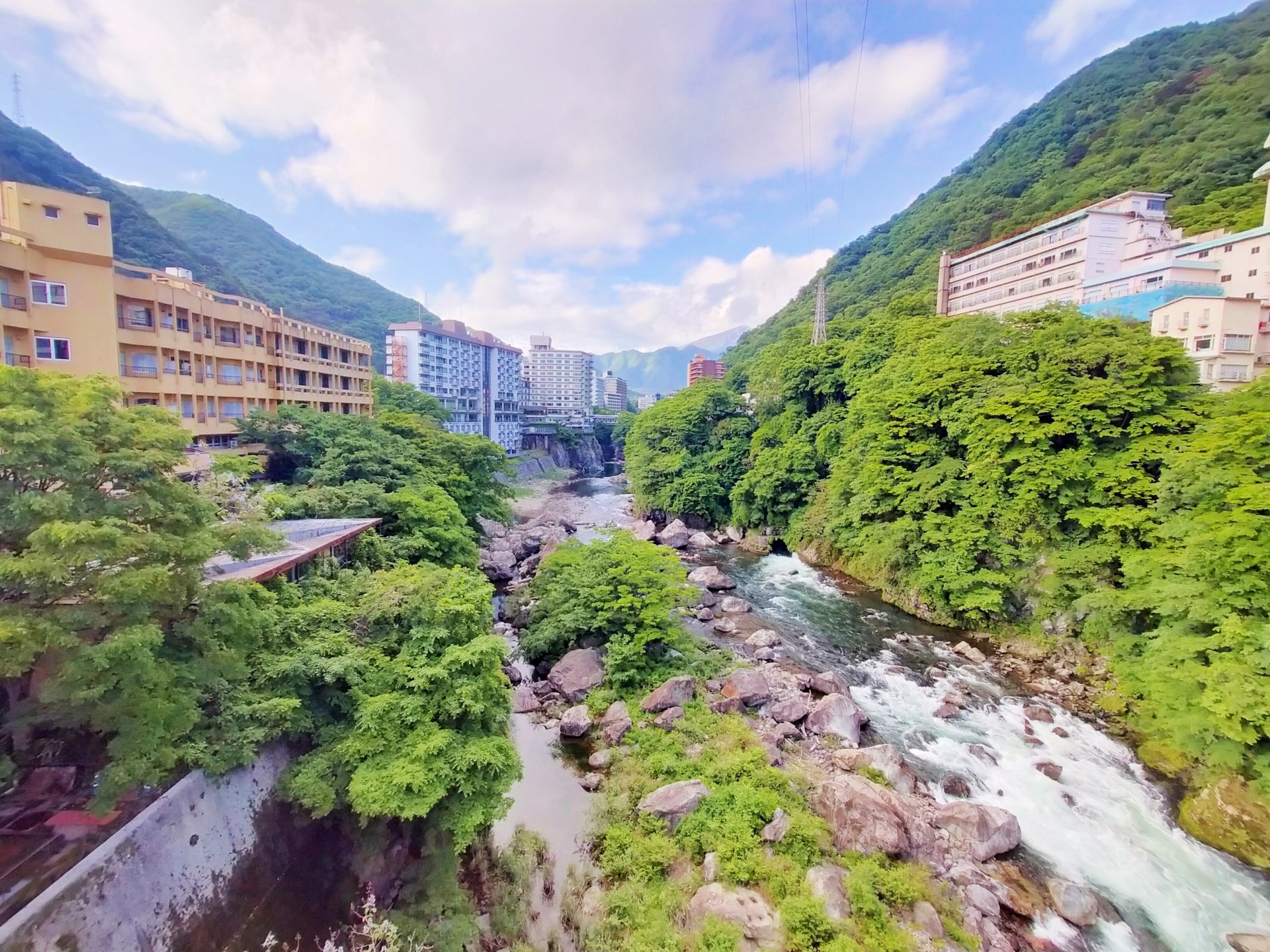 Located along the scenic Kinugawa River, Kinugawa Onsen (鬼怒川温泉) is one of Japan’s most famous hot spring resorts. With a history stretching back to the Edo period, it has long been a popular destination for relaxation and healing. The town is dotted with traditional ryokan inns, many of which offer open-air baths with stunning views of the river. The hot spring waters here are known for their soothing properties, and it’s the perfect spot to unwind after a day of exploring Nikko’s trails.
Located along the scenic Kinugawa River, Kinugawa Onsen (鬼怒川温泉) is one of Japan’s most famous hot spring resorts. With a history stretching back to the Edo period, it has long been a popular destination for relaxation and healing. The town is dotted with traditional ryokan inns, many of which offer open-air baths with stunning views of the river. The hot spring waters here are known for their soothing properties, and it’s the perfect spot to unwind after a day of exploring Nikko’s trails.
More info: 2-Day Trip to Kinugawa Onsen from Tokyo
02. Edo Wonderland
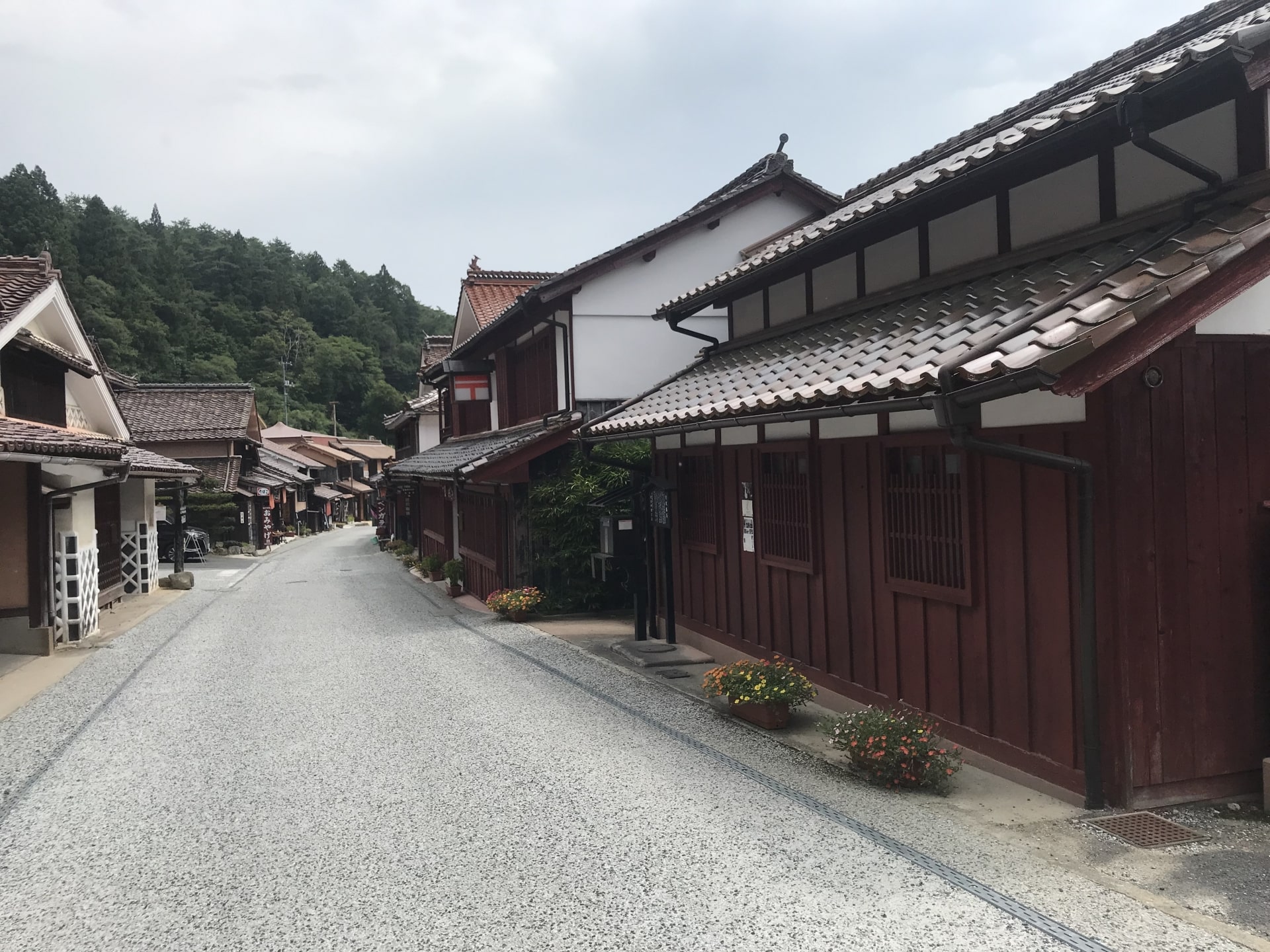 Just a short drive from Nikko, Edo Wonderland (日光江戸村) is a unique theme park that recreates the atmosphere of the Edo period! The park offers visitors a chance to immerse themselves in traditional Japanese culture, with performances by samurai, ninja, and geisha actors. You can participate in archery, dress up in period costumes, and even try your hand at Edo-era crafts. This is an interactive experience that can be both fun and educational, not only for children!
Just a short drive from Nikko, Edo Wonderland (日光江戸村) is a unique theme park that recreates the atmosphere of the Edo period! The park offers visitors a chance to immerse themselves in traditional Japanese culture, with performances by samurai, ninja, and geisha actors. You can participate in archery, dress up in period costumes, and even try your hand at Edo-era crafts. This is an interactive experience that can be both fun and educational, not only for children!
<<Book your Edo Wonderland tickets here!>>
03. Ashio Copper Mine
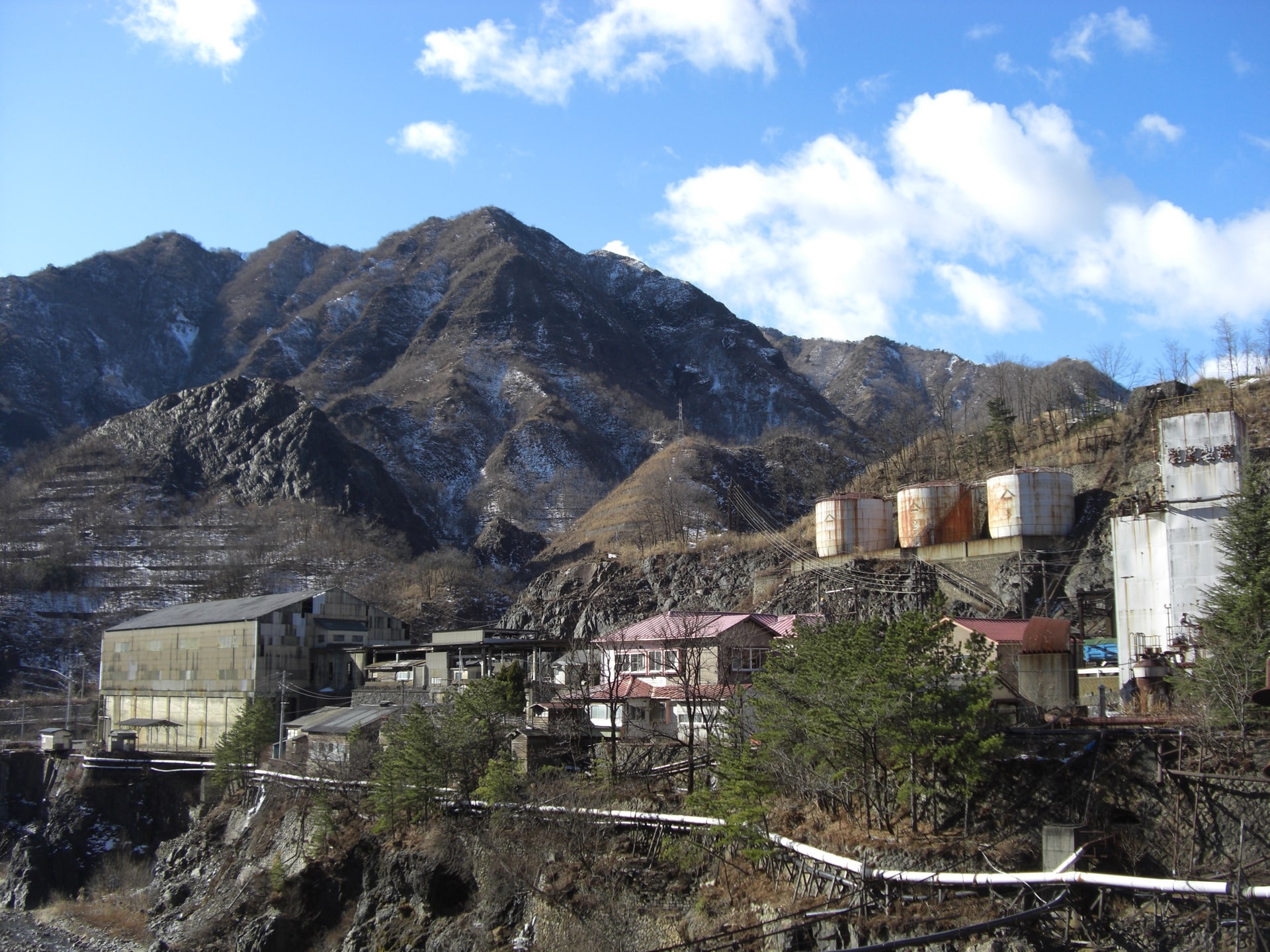 The Ashio Copper Mine (足尾銅山) is a historical site located west of Nikko. It played a significant role in Japan’s industrial revolution, operating for over 400 years. Visitors can explore the mine through a trolley tour, learning about the harsh conditions faced by workers and the environmental impact of the mining operation. The mine also features displays about the restoration efforts that have taken place since its closure in 1973.
The Ashio Copper Mine (足尾銅山) is a historical site located west of Nikko. It played a significant role in Japan’s industrial revolution, operating for over 400 years. Visitors can explore the mine through a trolley tour, learning about the harsh conditions faced by workers and the environmental impact of the mining operation. The mine also features displays about the restoration efforts that have taken place since its closure in 1973.
Information
 Access Access |
30-min drive from Nikko Station |
|---|---|
 Official Website Official Website |
https://www.city.nikko.lg.jp/soshiki/6/1027/4/1826.html |
04. Ryuokyo Gorge
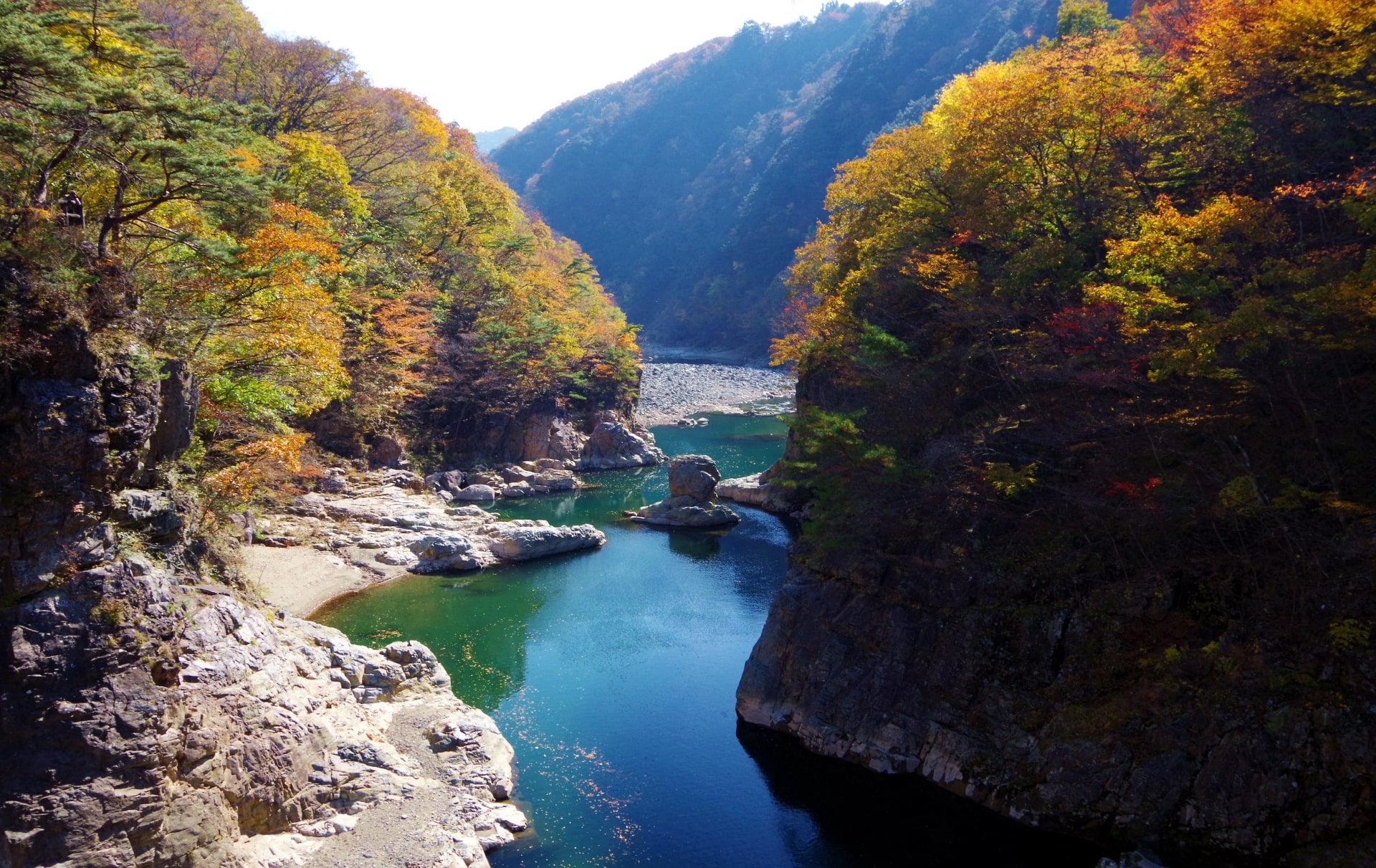 Ryuokyo Gorge (龍王峡) is a stunning gorge located between Kinugawa Onsen and Kawaji Onsen, renowned for its striking rock formations and crystal-clear waters. A hiking trail runs along the gorge, providing breathtaking views of the surrounding cliffs, waterfalls, and dense forest. The trail is particularly popular in autumn, when the foliage creates a vibrant palette of reds, oranges, and yellows.
Ryuokyo Gorge (龍王峡) is a stunning gorge located between Kinugawa Onsen and Kawaji Onsen, renowned for its striking rock formations and crystal-clear waters. A hiking trail runs along the gorge, providing breathtaking views of the surrounding cliffs, waterfalls, and dense forest. The trail is particularly popular in autumn, when the foliage creates a vibrant palette of reds, oranges, and yellows.
Information
▽Subscribe to our free news magazine!▽
For more information about traveling in Japan, check these articles below, too!
▽Related Articles▽
▼Editor’s Picks▼
Written by
Photographer, journalist, and avid urban cyclist, making sense of Japan since 2017. I was born in Caracas and lived for 14 years in Barcelona before moving to Tokyo. Currently working towards my goal of visiting every prefecture in Japan, I hope to share with readers the everlasting joy of discovery and the neverending urge to keep exploring.





